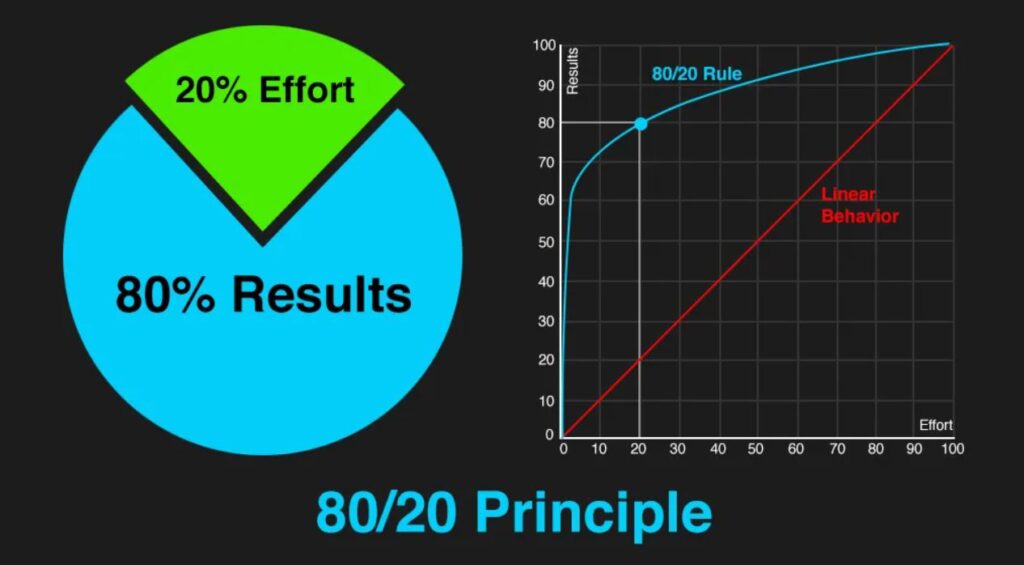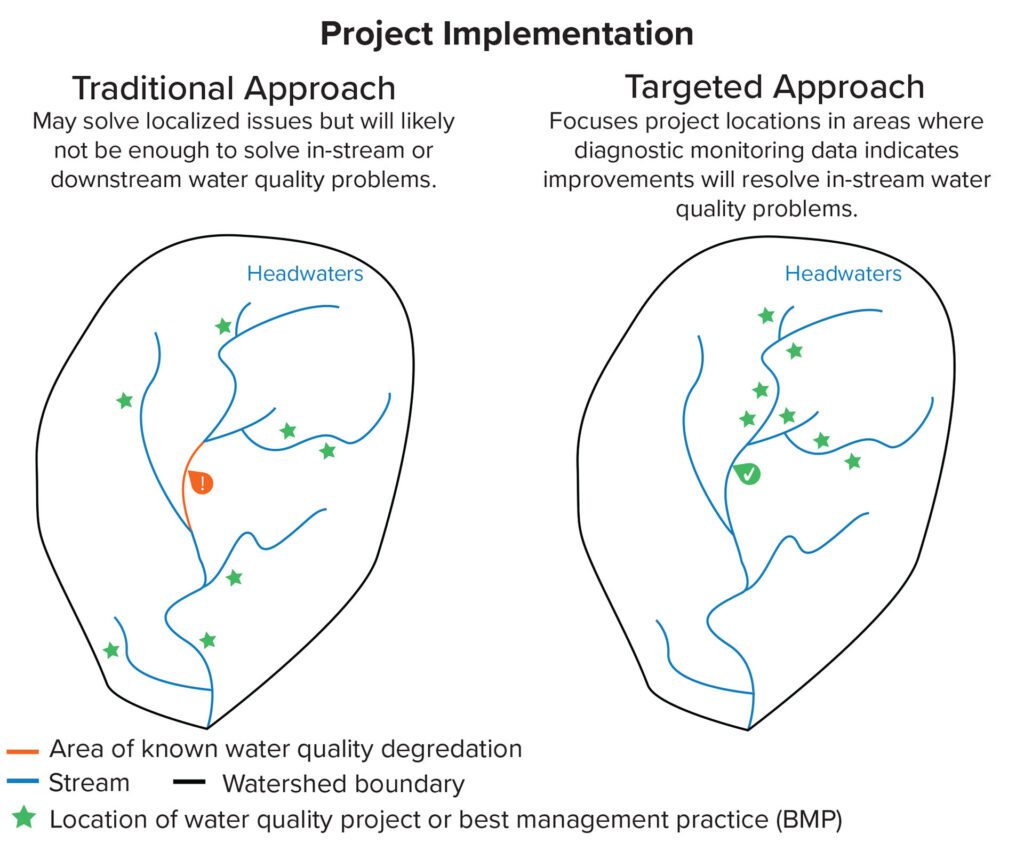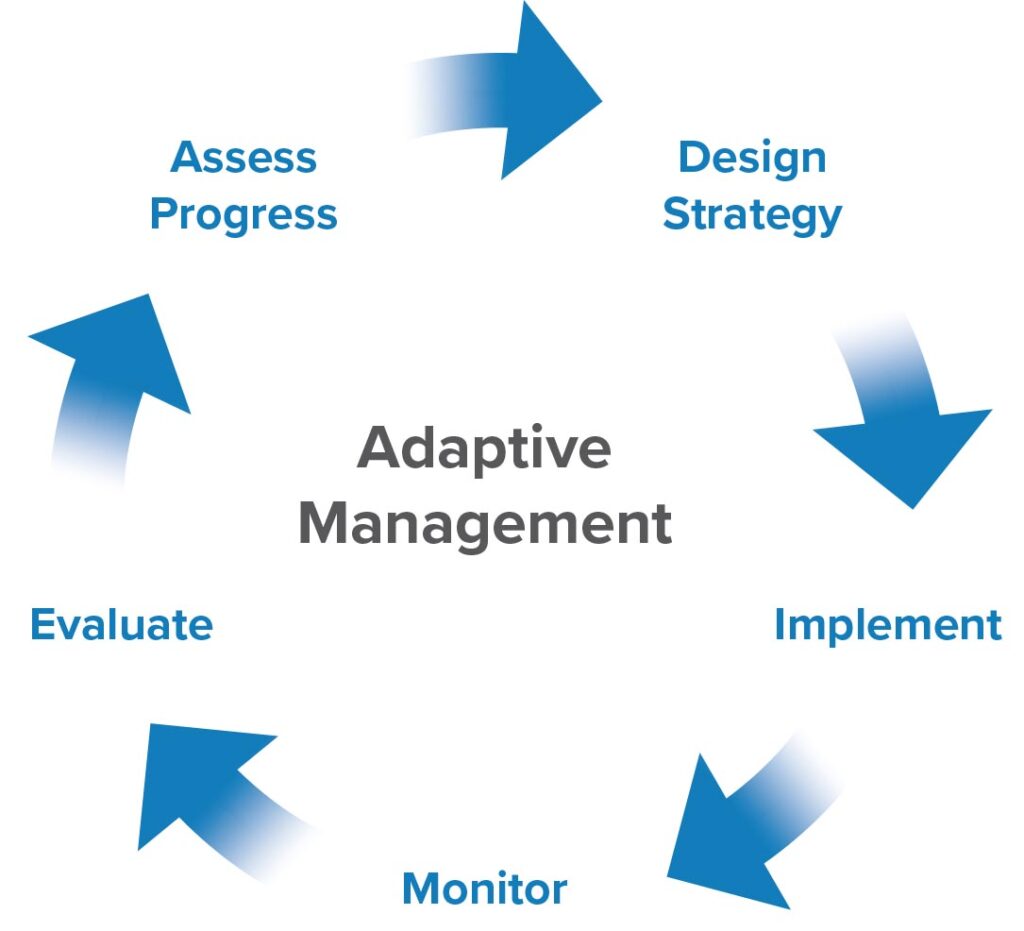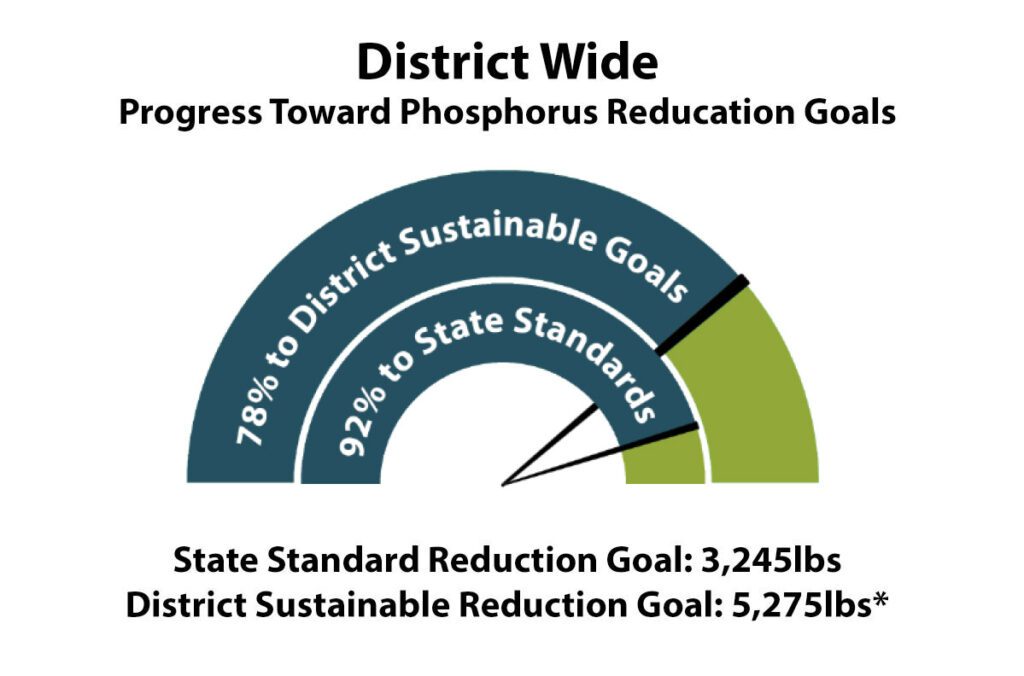Project selection is a key element in the adaptive management strategy used to address water quality concerns across the watershed. Using cost-benefit analysis to choose the right projects, the District has seen tremendous progress toward achieving its water quality goals.
Selecting the best projects
The District implements water quality improvement projects based on economic principles of cost-benefit. This ensures that only the best projects with the highest water quality benefit and return on investment are brought forward and constructed. The District uses its diagnostic monitoring data to target projects in locations where there will be the greatest pollutant reductions and water quality improvements. This provides the greatest impact from the District’s limited funding and is a basic application of the Pareto Principle or the 80/20 rule. In terms of water resource management, this means that 80% of the pollutant loads are coming from approximately 20% of the sources AND 80% of the reductions may be achieved from 20% of the projects.
Projects are implemented from upstream to downstream within the District. Moody and Shields Lakes are the headwaters; water flows downstream through Bone and Forest Lakes (respectively) and eventually flows into Comfort Lake. As upstream lakes improve, downstream lakes improve as well. The District’s science-based diagnostic monitoring and commitment to using economic principles are the main drivers for the District’s success restoring lakes to pre-settlement conditions within a short timeframe.









